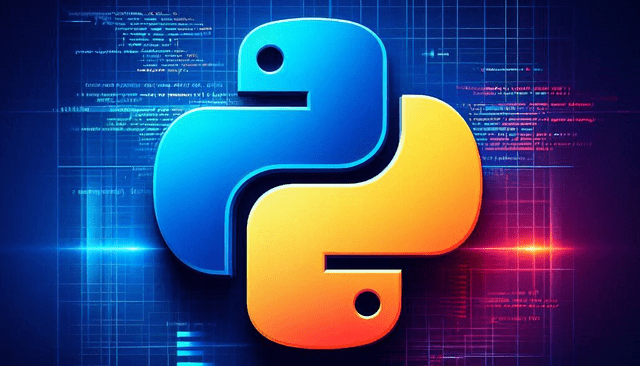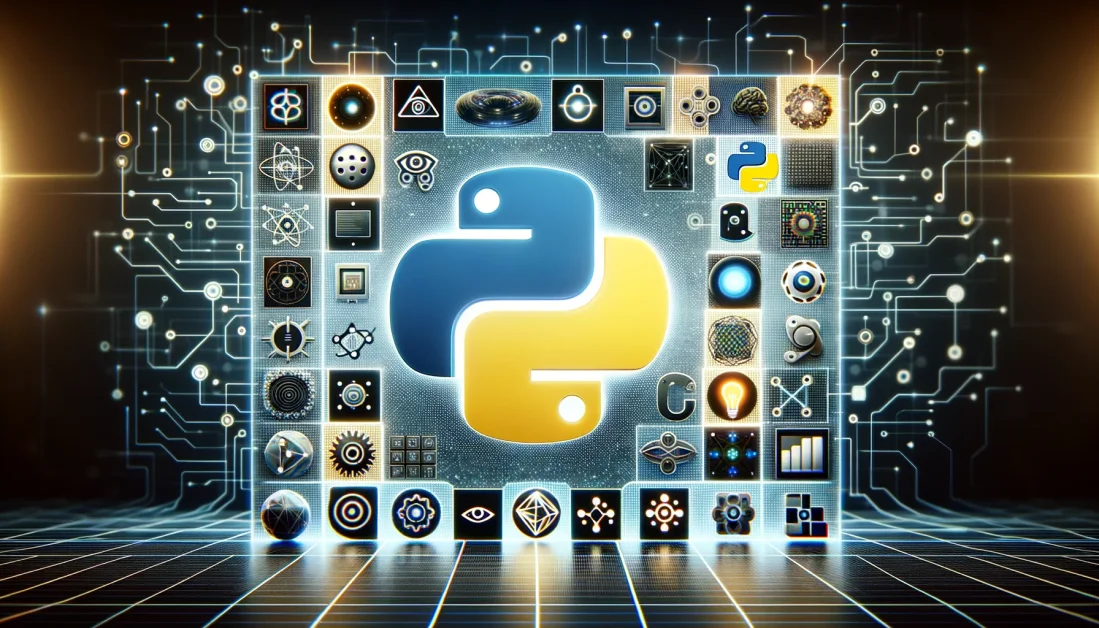Python has become one of the most popular programming languages in recent years, particularly in fields like data science, machine learning, and artificial intelligence. Known for its simplicity, versatility, and strong community support, Python has proven to be an essential tool for data scientists who need to manipulate large datasets, conduct complex analyses, and visualize their findings. In this article, we will explore how Python is transforming the field of data science and why it has become the go-to language for professionals and enthusiasts alike.
Python and Data Science Libraries
One of the main reasons Python has gained prominence in data science is the availability of powerful libraries. Libraries such as NumPy, pandas, Matplotlib, and Seaborn have revolutionized data manipulation, analysis, and visualization. With NumPy and pandas, data scientists can easily clean, transform, and analyze large datasets with minimal code. Matplotlib and Seaborn enable the creation of stunning visualizations that help in presenting data insights clearly and effectively.
For machine learning tasks, Python offers libraries like scikit-learn, TensorFlow, and PyTorch. These libraries provide tools for building and training machine learning models, including regression, classification, clustering, and deep learning algorithms. They also offer pre-built functions for model evaluation and fine-tuning, making machine learning projects more accessible.
Example: A data scientist working with a large customer dataset can use pandas to clean and filter the data, NumPy to perform numerical operations, and Matplotlib to visualize trends. For more advanced analysis, they can integrate scikit-learn for predictive modeling.
Python’s Flexibility and Integration with Other Tools
Another reason Python is so popular in data science is its flexibility. Python can integrate seamlessly with other programming languages, databases, and tools commonly used in data science. For example, Python can be easily integrated with SQL for data retrieval from relational databases, or it can work alongside Apache Spark for big data processing.
Additionally, Python’s compatibility with cloud platforms like AWS, Google Cloud, and Azure makes it ideal for working with large-scale datasets and distributed computing environments. This flexibility allows data scientists to work within a wide range of technologies and tailor their solutions to specific needs.
Example: A company working with cloud-based data storage and big data processing can use Python to pull data from a cloud database, process it using Spark, and then run machine learning models on the data for predictive analysis.
Python and Data Science Career Opportunities
Python’s dominance in data science has opened up a wealth of career opportunities. Data science is one of the fastest-growing fields, with Python being the primary language used for data analysis, visualization, and machine learning. As more companies adopt data-driven decision-making, the demand for Python-skilled data scientists continues to rise.
Python’s ease of learning and broad applicability means that professionals with Python skills can branch out into various domains, from finance and healthcare to marketing and e-commerce. Python’s prominence in open-source data science communities also provides an opportunity for individuals to collaborate, learn from others, and grow their careers through continuous practice and application of skills.
Example: A beginner data scientist can start learning Python and gain proficiency in libraries like pandas and scikit-learn, which will provide access to a wide range of entry-level positions and opportunities for advancement in the field.
Conclusion
Python has revolutionized the world of data science by providing a robust ecosystem of libraries, tools, and integrations that make data analysis and machine learning more accessible. The language’s simplicity and flexibility have helped it become the top choice for data scientists across industries. As the field of data science continues to grow, Python will remain at the forefront, enabling professionals to solve complex problems and drive innovation with data.




